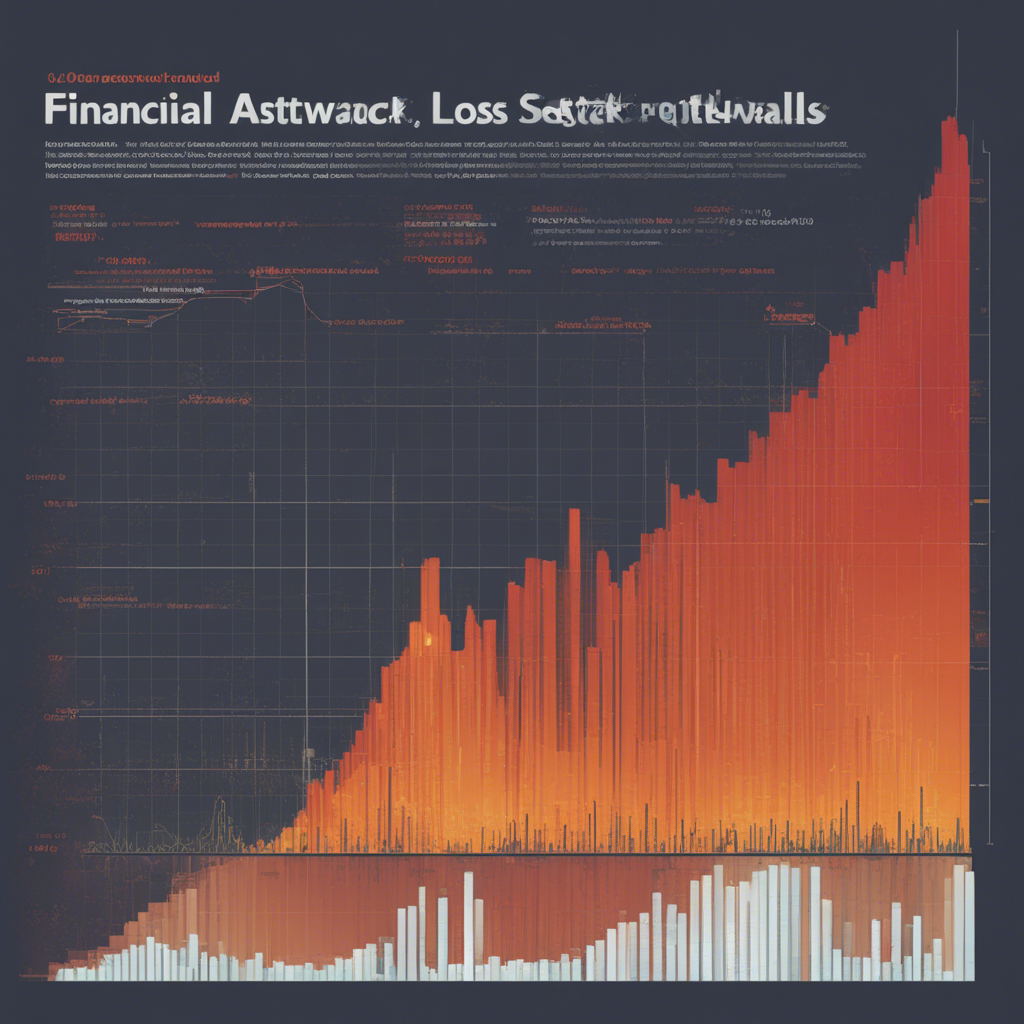
Understanding the Financial Impact of Cyberattacks
In today’s digital age, where businesses rely heavily on technology and interconnected networks, cyberattacks have become a significant concern. As the frequency and severity of cyber threats continue to increase, it is crucial for organizations to understand the financial impact these attacks can have on their bottom line. This blog post aims to provide a comprehensive understanding of the financial implications of cyberattacks, arming businesses and individuals with the knowledge necessary to navigate this rapidly evolving landscape.
The Cost of Cyberattacks
Cyberattacks can result in significant financial losses for businesses. These losses are primarily attributed to several factors, including:
1. Financial Theft and Fraud
One of the most immediate and direct impacts of cyberattacks is financial theft and fraud. Cybercriminals often target businesses to gain unauthorized access to sensitive financial information such as banking credentials, credit card details, and customer data. This stolen information is then either sold on the dark web or used to carry out fraudulent financial transactions.
The consequences of financial theft and fraud can be catastrophic for organizations. They may incur financial losses through unauthorized fund transfers, fraudulent purchases, or the reimbursement of affected customers. Moreover, the reputational damage resulting from such incidents can lead to a loss of customer trust and potential legal actions, exacerbating the financial impact.
2. Operational Disruption and Downtime
Cyberattacks often go beyond financial theft and can disrupt a company’s operations and systems. Ransomware attacks, for instance, can encrypt critical data and bring business operations to a standstill until a ransom is paid. This downtime can result in significant revenue losses and additional expenses associated with incident response, system restoration, and regulatory compliance.
The financial impact of operational disruption and downtime is evident across various sectors, from manufacturing and retail to healthcare and government agencies. The longer it takes to restore systems and resume operations, the more severe the financial consequences become.
3. Data Breach Remediation and Compliance Costs
When a cyberattack leads to a data breach, organizations are obligated to undertake comprehensive remediation efforts to minimize the damage and prevent future breaches. These efforts include forensic investigations, notifying affected individuals, providing credit monitoring services, and implementing sophisticated security measures to prevent future incidents.
The costs associated with data breach remediation can be staggering. The 2020 Cost of a Data Breach report by IBM Security and Ponemon Institute estimated the average total cost of a data breach to be $3.86 million, with an average of 280 days taken to identify and contain the breach. Moreover, organizations may also face regulatory fines and legal fees if found non-compliant with data protection laws, further compounding their financial burden.
4. Rebuilding Trust and Reputation
Reputation is a valuable asset for any organization. However, in the aftermath of a cyberattack, businesses often face significant damage to their reputation and trustworthiness. Customers, partners, and investors may lose confidence in the organization’s ability to protect their sensitive information, leading to a loss of business opportunities and decreased revenue.
Rebuilding trust and reputation requires substantial effort and financial investment. Organizations may need to invest in marketing campaigns, public relations activities, and customer outreach programs to demonstrate their commitment to cybersecurity and restore faith in their brand.
Calculating the Financial Impact
Determining the exact financial impact of a cyberattack can be challenging due to various factors involved. However, there are several key considerations that can help estimate the potential costs:
- Direct Financial Losses: This includes stolen funds, fraudulent transactions, and the costs associated with remediation and recovery efforts.
- Indirect Financial Losses: These are intangible costs, such as reputational damage, customer churn, loss of competitive advantage, and decreased market value.
- Operational Costs: These include incident response, investigation, legal fees, regulatory fines, and potential litigation expenses.
- Business Interruption Costs: This encompasses revenue losses during downtime, additional staffing requirements, and the cost of business continuity measures.
- Third-Party Costs: Organizations may be liable for costs incurred by affected customers, clients, or suppliers, such as credit monitoring services or reimbursement of financial losses.
Mitigating Financial Impact Through Cybersecurity Measures
Given the substantial financial impact of cyberattacks, organizations must prioritize cybersecurity to mitigate risks effectively. Proactive measures can help minimize the likelihood and severity of attacks, reducing potential financial losses. Key cybersecurity strategies include:
- Risk Assessment and Vulnerability Management: Regularly assess and identify vulnerabilities in IT systems and networks. Implement proactive measures to mitigate these risks promptly.
- Employee Training and Awareness: Educate employees about common cyber threats, safe online practices, and the importance of data protection. Develop a strong cybersecurity culture within the organization.
- Incident Response Planning: Establish a robust incident response plan that outlines the steps to be taken in the event of a cyberattack. Test and update this plan regularly.
- Security Monitoring and Detection: Deploy advanced security solutions that continuously monitor systems for suspicious activities and promptly detect potential threats.
- Data Backup and Recovery: Implement regular data backup processes and test the ability to restore the data. This ensures business continuity and minimizes losses in the event of an attack.
Conclusion
The financial impact of cyberattacks extends far beyond immediate financial losses. Organizations must recognize the full range of potential consequences, including operational disruption, reputational damage, and regulatory repercussions. By understanding the financial implications and adopting robust cybersecurity measures, businesses can better protect themselves from the ever-evolving threat landscape. Prioritizing cybersecurity is not only a prudent business decision but crucial for long-term financial stability and success.






